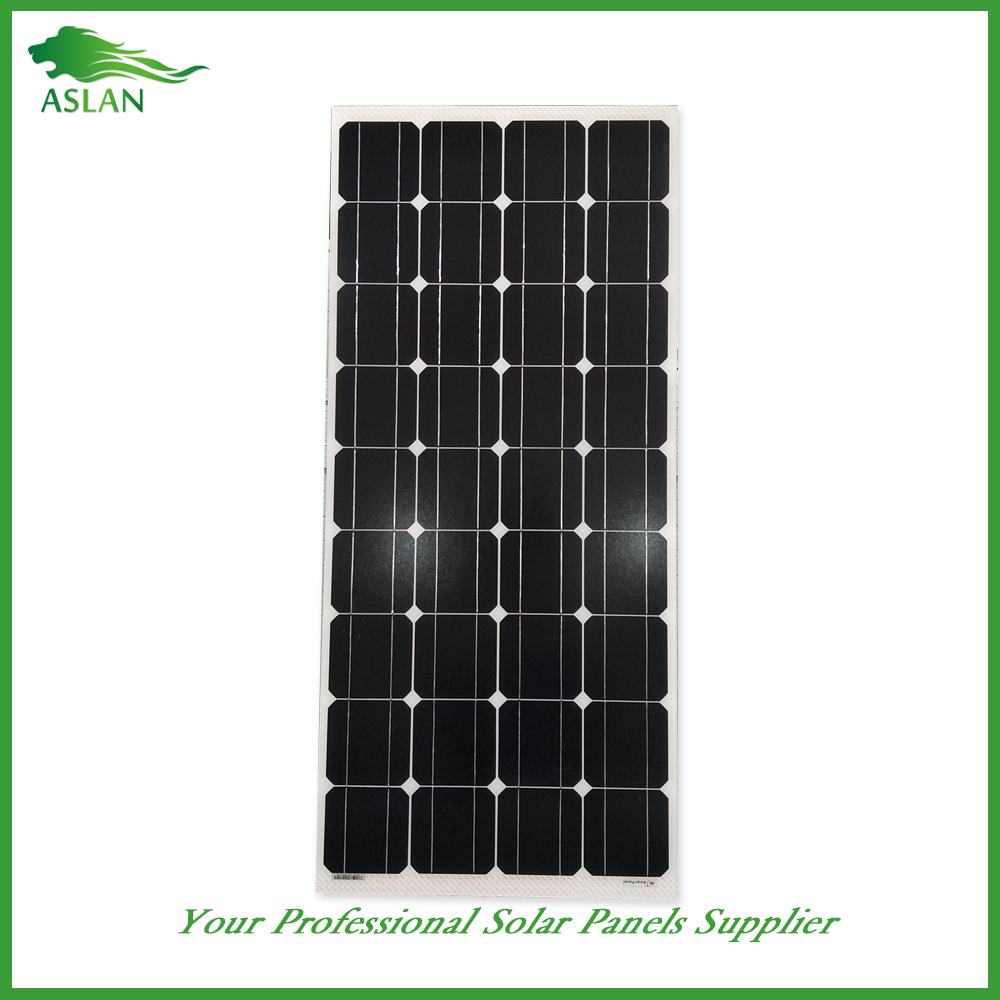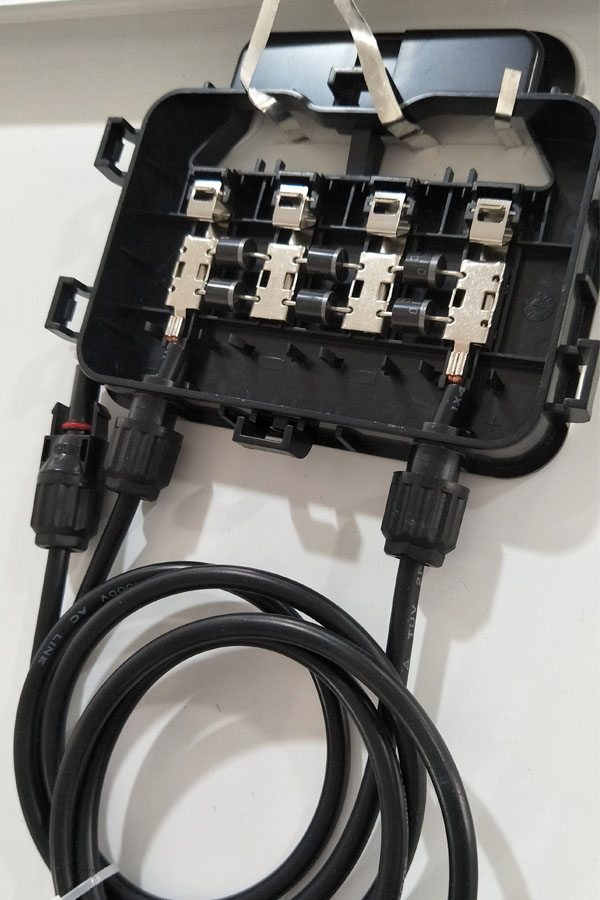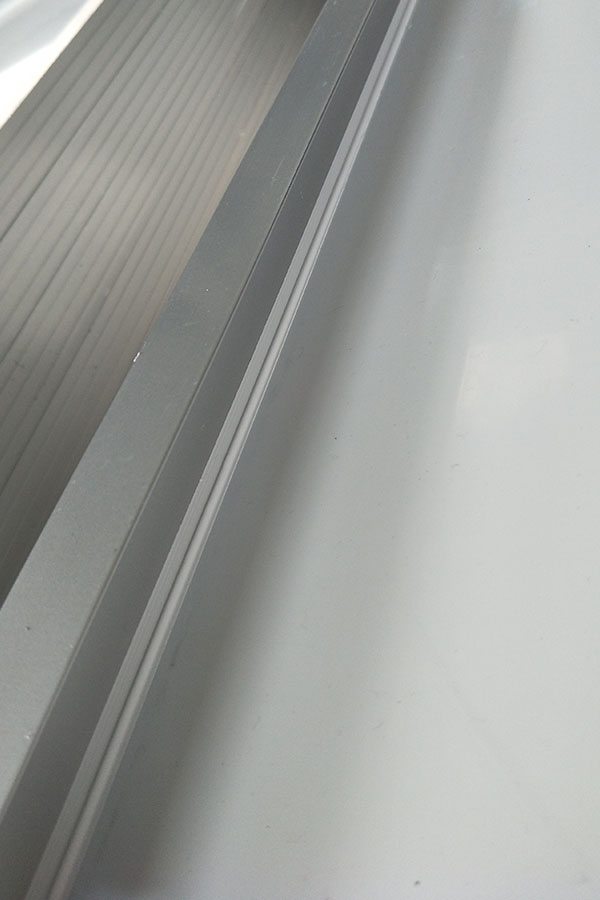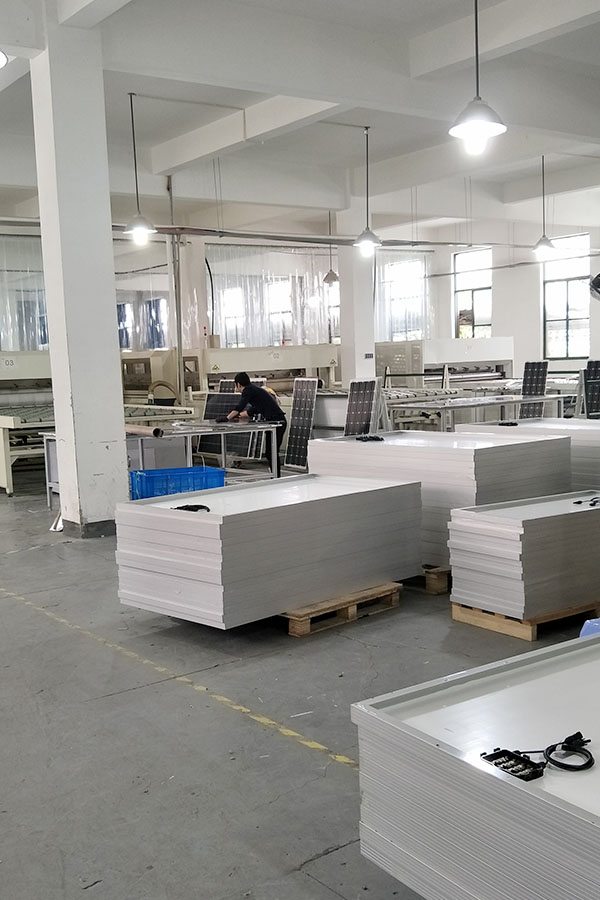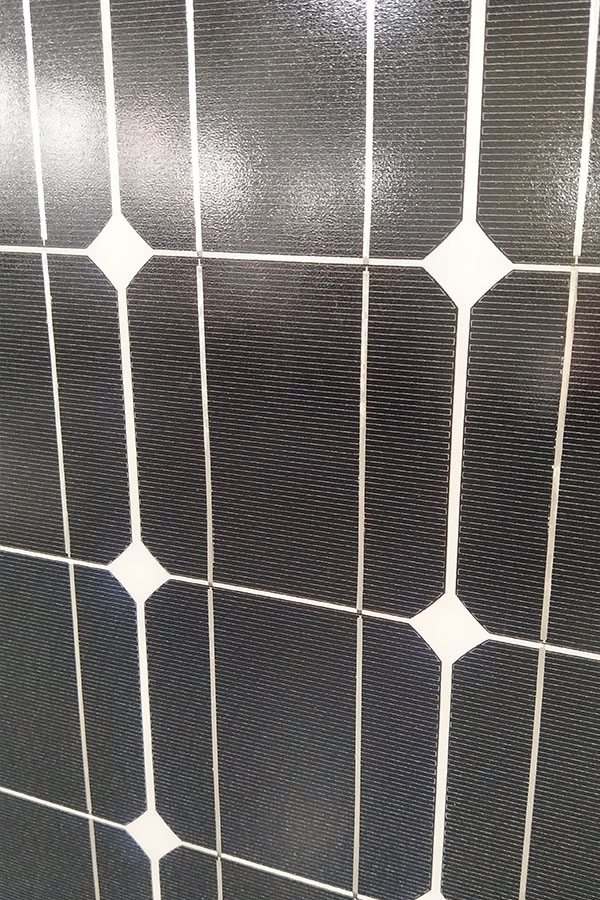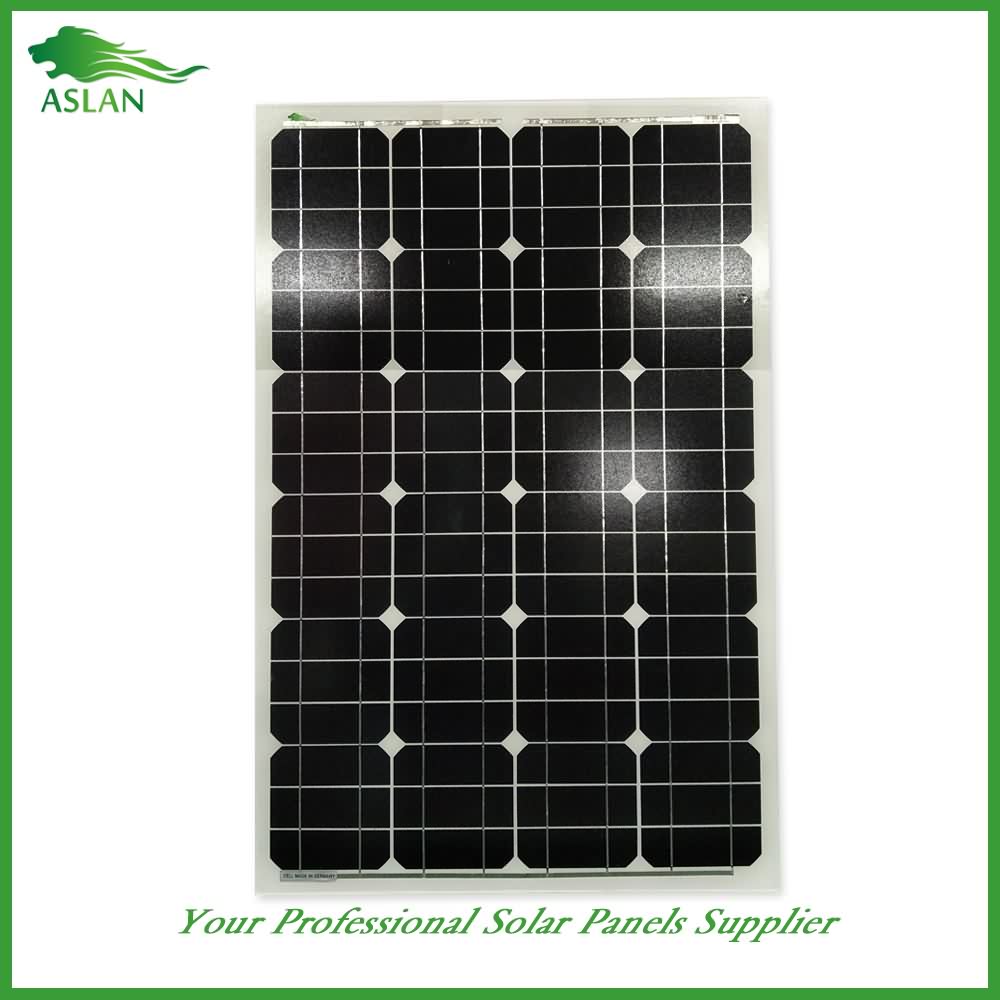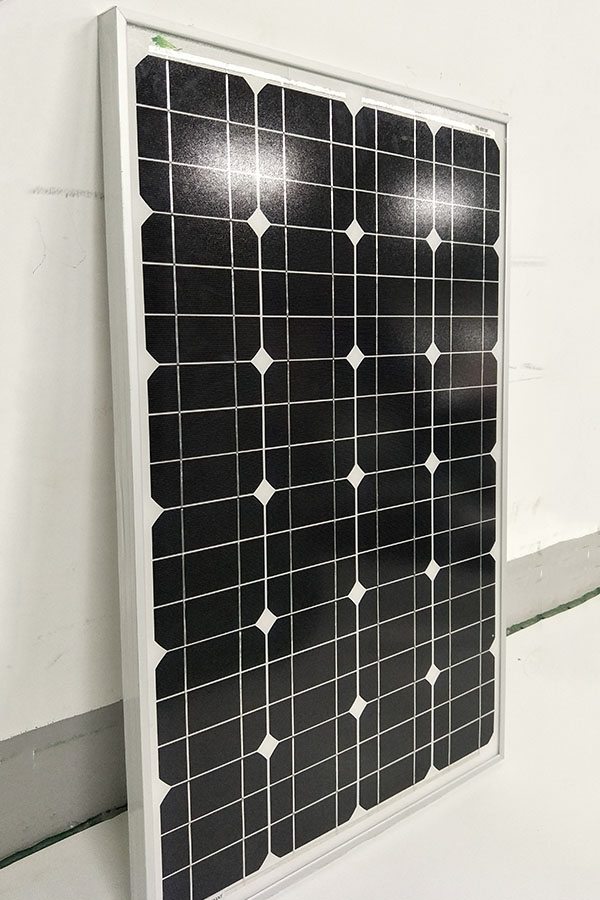Cheap PriceList for Mono-Crystalline 150W Solar Panel Vietnam Manufacturers
Short Description:
Our well-equipped facilities and excellent quality control throughout all stages of production enables us to guarantee total customer satisfaction for Cheap PriceList for Mono-Crystalline 150W Solar Panel Vietnam Manufacturers, Let's cooperate hand in hand to jointly make a beautiful future. We sincerely welcome you to visit our company or contact us for cooperation!
Mono-Crystalline 150W Solar Panel
Technical parameter
Maximum Power(W) 150W
Optimum Power Voltage(Vmp) 17.92V
Optimum Operating Current(Imp) 7.83A
Open Circuit Voltage(Voc) 21.86V
Short Circuit Current(Isc) 8.59A
Mechanical Characteristics
Cell Type Monocrystalline 156x156mm (6 inch)
No of Cell 36 (4x9pcs)
Dimensions 1485x668x35mm
Weight 11.6KGS
Front Glass 3.2mm,High Transmission, Low Iron,Tempered Glass
Junction box IP65 Rated
Output Cable TUV 1×4.0mm2/UL12AWG,Length:900mm
Temperature and Coefficients
Operating Temperature(°C): -40°C ~ + 85°C
Maximum System Voltage: 600V(UL)/1000V(IEC) DC
Maximum Rated Current Series: 15A
Temperature Coefficients of Pmax: -0.435%
Temperature Coefficients of Voc: -0.35%
Temperature Coefficients of Isc: 0.043%
Nominal Operationg Cell Temperature (NOCT): 47+/-2°C
Materials of solar panel
1).Solar Cell——Mono-crystalline solar cell 156*156mm
2).Front Glass——-3.2mm, high transmission, low iron, tempered glass
3).EVA——-excellent anti-aging EVA
4).TPT——-TPT hot seal made of flame resistance
5).Frame——anodized aluminum profile
6).Junction Box——-IP65 rated, high quality, with diode protection
Superiority: high quality anodized aluminum frame, high efficiency long life, easy installation, strong wind resistance, strong hail resistance.
Features
1. High cell efficiency with quality silicon materials for long term output stability
2. Strictly quality control ensure the stability and reliability, totally 23 QC procedures
3. High transmittance low iron tempered glass with enhanced stiffness and impact resistance
4. Both Polycrystalline and Mono-crystalline
5. Excellent performance in harsh weather
6. Outstanding electrical performance under high temperature and low irradiance
Quality assurance testing
Thermal cycling test
Thermal shock test
Thermal/Freezing and high humidity cycling test
Electrical isolation test
Hail impact test
Mechanical, wind and twist loading test
Salt mist test
Light and water-exposure test
Moist carbon dioxide/sulphur dioxide
As we spend a fair amount of time boondocking (camping without hook-ups), solar panels have given us the freedom to enjoy the peace & quiet of remote locations without running our generator too much.
Since we already installed our panels on the RV (7 years ago), this is just an overview of our set-up, as opposed to a detailed tutorial.
We show the general layout and components of the system, including the panels themselves, the wiring and the solar controller. We also talk about the benefits of including a simple and inexpensive tilt kit, which allows tilting the solar panels up in the winter, when the sun is lower on the horizon.
Our first RV had two panels, which were permanently fastened flat to the roof, so they couldn’t be tilted. We’ve learned a lot since then, and the new panels are tilt-able, and also use thicker 6-gauge wire to reduce loss along its length.
To hear about new videos, giveaways and other great RVing content as soon as it’s released, visit our website and subscribe!
http://TheRVgeeks.com
Full-Time RVers since April 11, 2003, we share DIY (do it yourself) RV maintenance, repair, travel, upgrade and operational tips & tricks.
While we’re not RV technicians, we’re very mechanically inclined and have learned a lot about RV systems over the years. We’ve handled most of our own minor service, maintenance and upgrade work on both of our RVs.
We meet lots of newer RVers who are eager to learn some basics about using, maintaining and caring for their rigs. After more than a decade on the road, we’re happy to share what we’ve learned (some of it the hard way). ![]() We hope our experience can help other RVers go DIY, saving time & money while experiencing the satisfaction of a job well done. We’re handy RVers, not professional technicians. We’re happy with the techniques and products we use, but be sure to confirm that all methods and materials you use are compatible with your equipment and abilities. Regardless of what we recommend, consult a professional if you’re unsure about working on your RV. Any task you perform or product you purchase based on any information we provide is strictly at your own risk.
We hope our experience can help other RVers go DIY, saving time & money while experiencing the satisfaction of a job well done. We’re handy RVers, not professional technicians. We’re happy with the techniques and products we use, but be sure to confirm that all methods and materials you use are compatible with your equipment and abilities. Regardless of what we recommend, consult a professional if you’re unsure about working on your RV. Any task you perform or product you purchase based on any information we provide is strictly at your own risk.
We sometimes receive products for evaluation at no cost, but our opinions are our own and we only feature products we personally use, love and can recommend to friends with complete confidence. The RVgeeks participate in the Amazon Services LLC Associates Program, an affiliate advertising program designed to provide a means for sites to earn advertising fees by advertising and linking to Amazon.com.
Comments welcome! Thanks for watching! Don’t forget to subscribe!
Hey – I’ve installed a Renogy MPPT40. The unit seems to be functioning okay (no error lights on the charger). I’ve added a MT-5 tracer as well for additional control and information about my system. However, when I connect the MT-5 to the charger all it does is flash and blink. Pushing the buttons doesn’t change anything.
Does all this flashing and whatnot indicate my monitor is messed up? Is my charger messed up? Am I messed up?
THANKS!!!!
